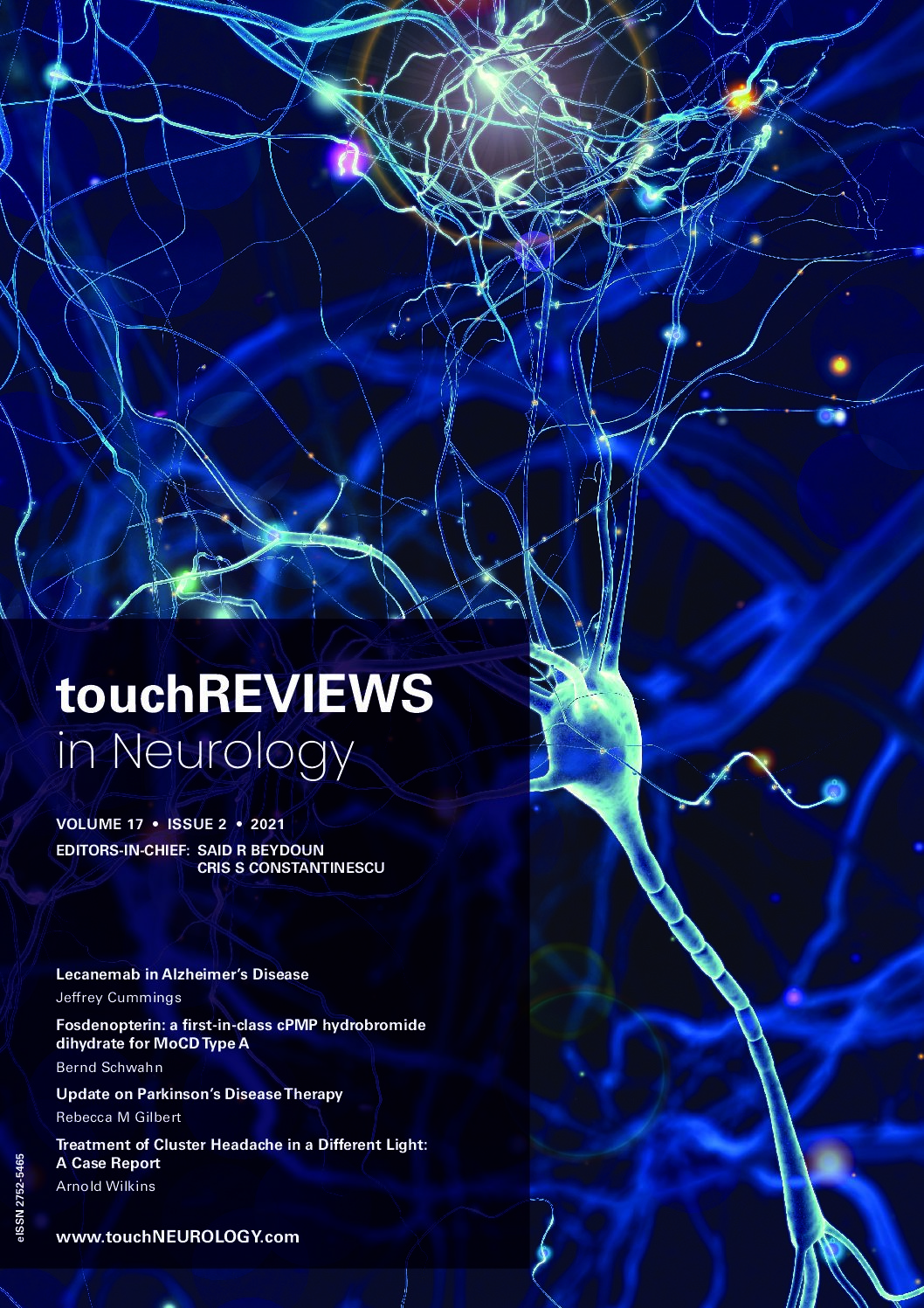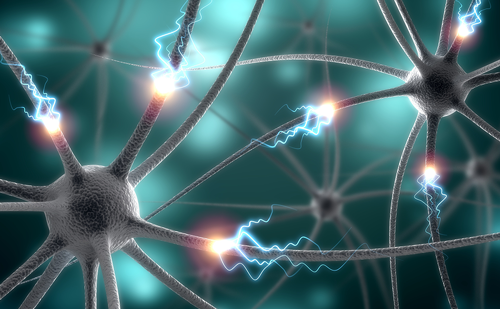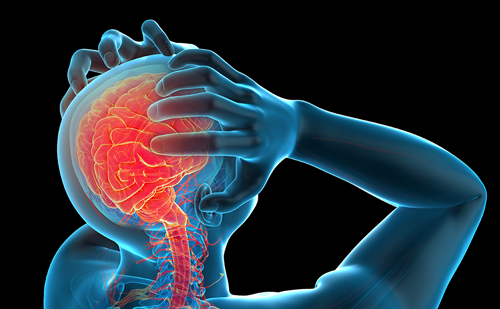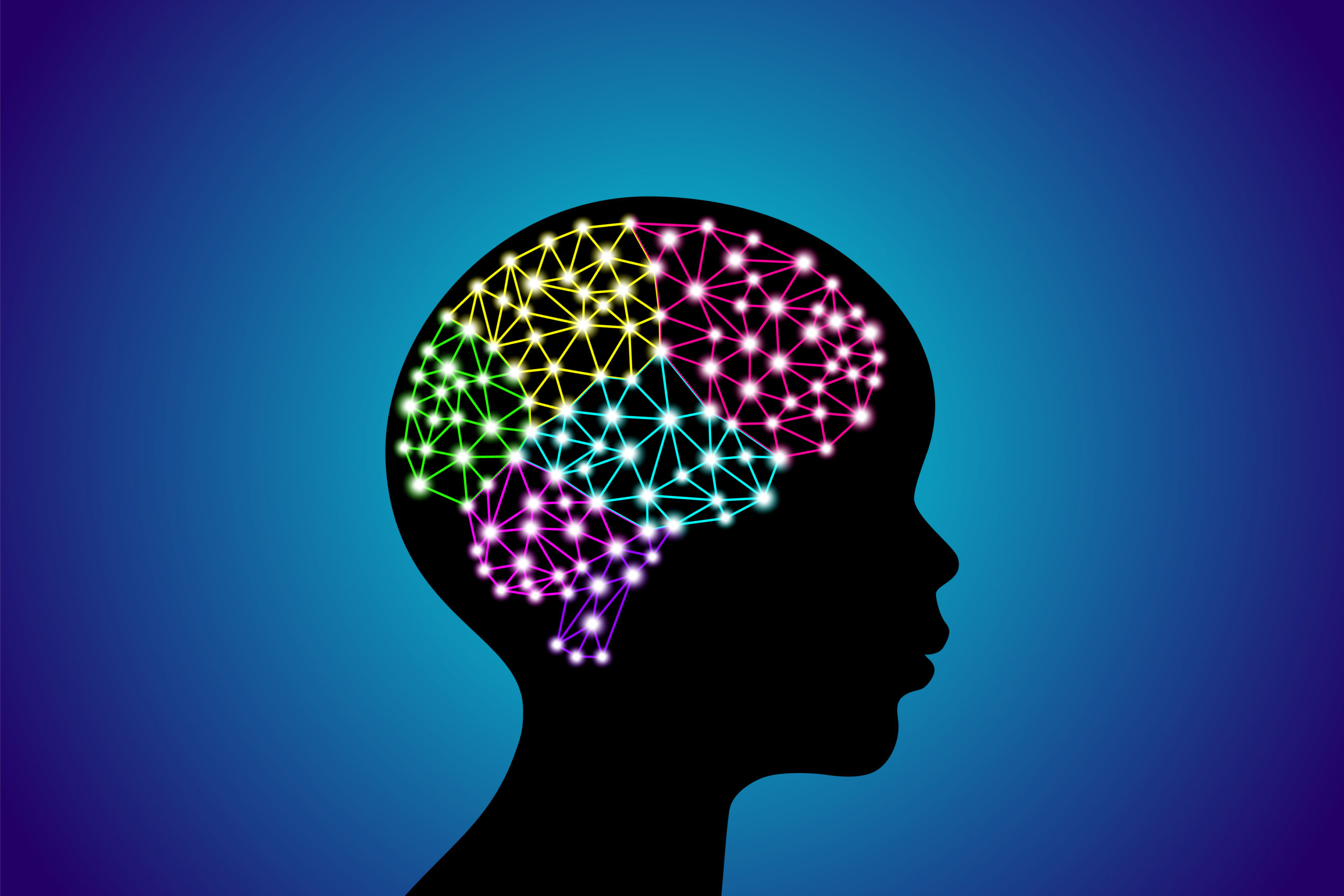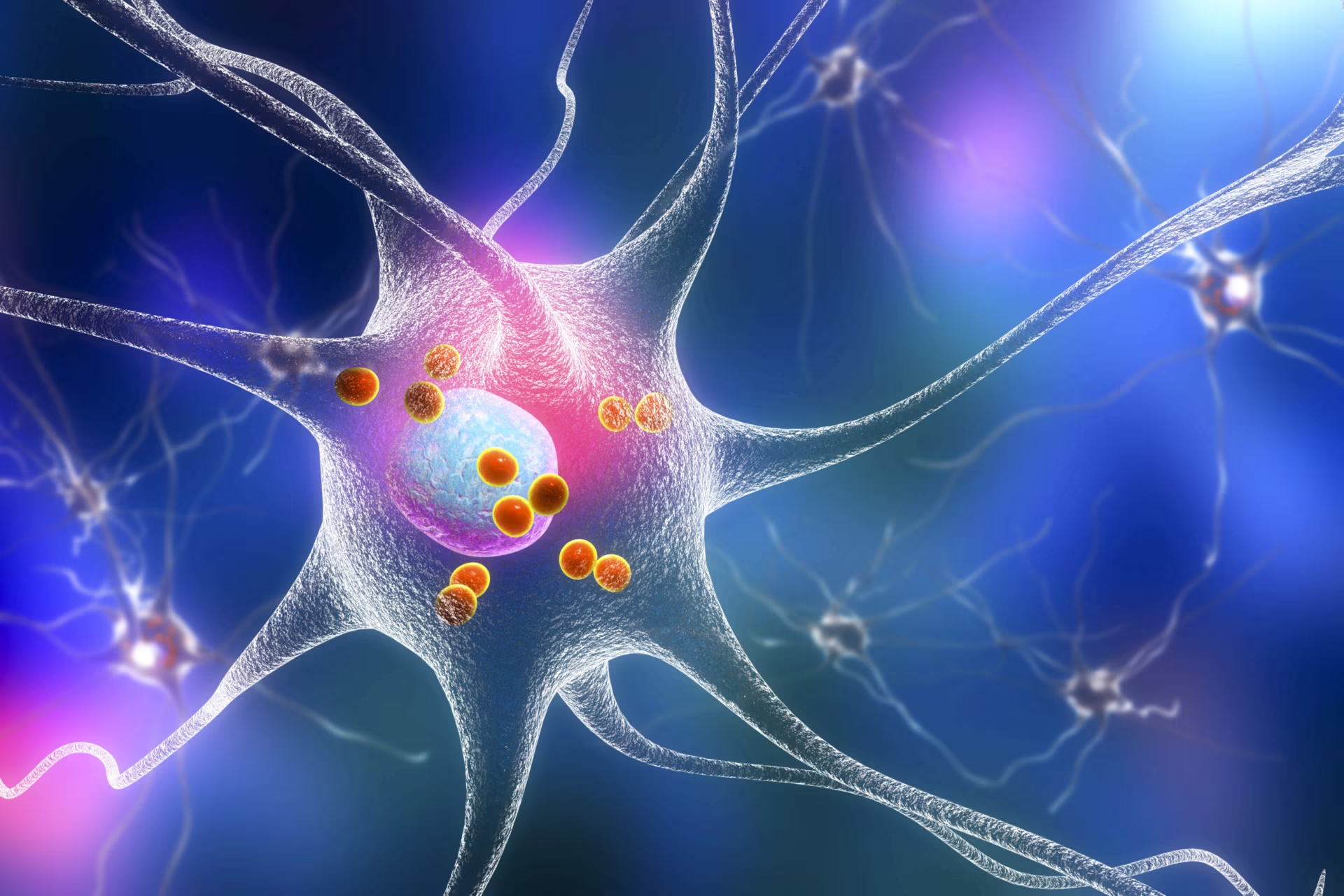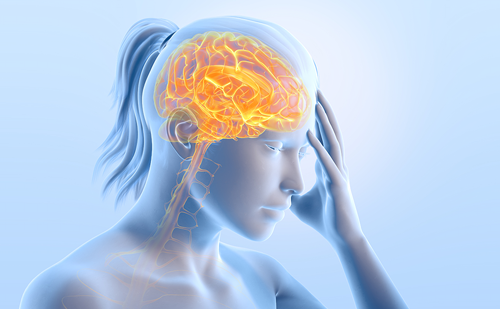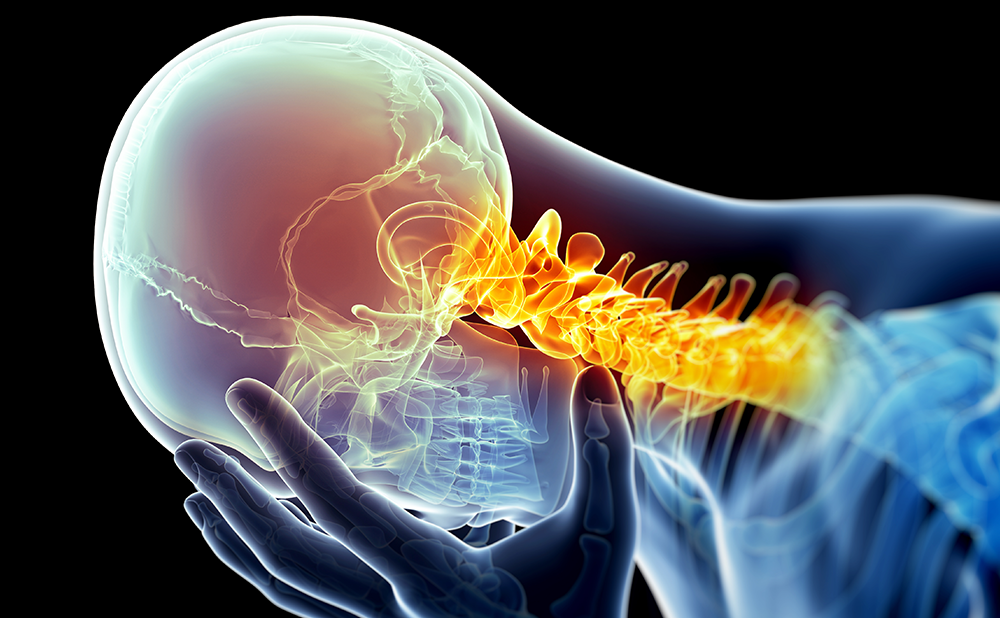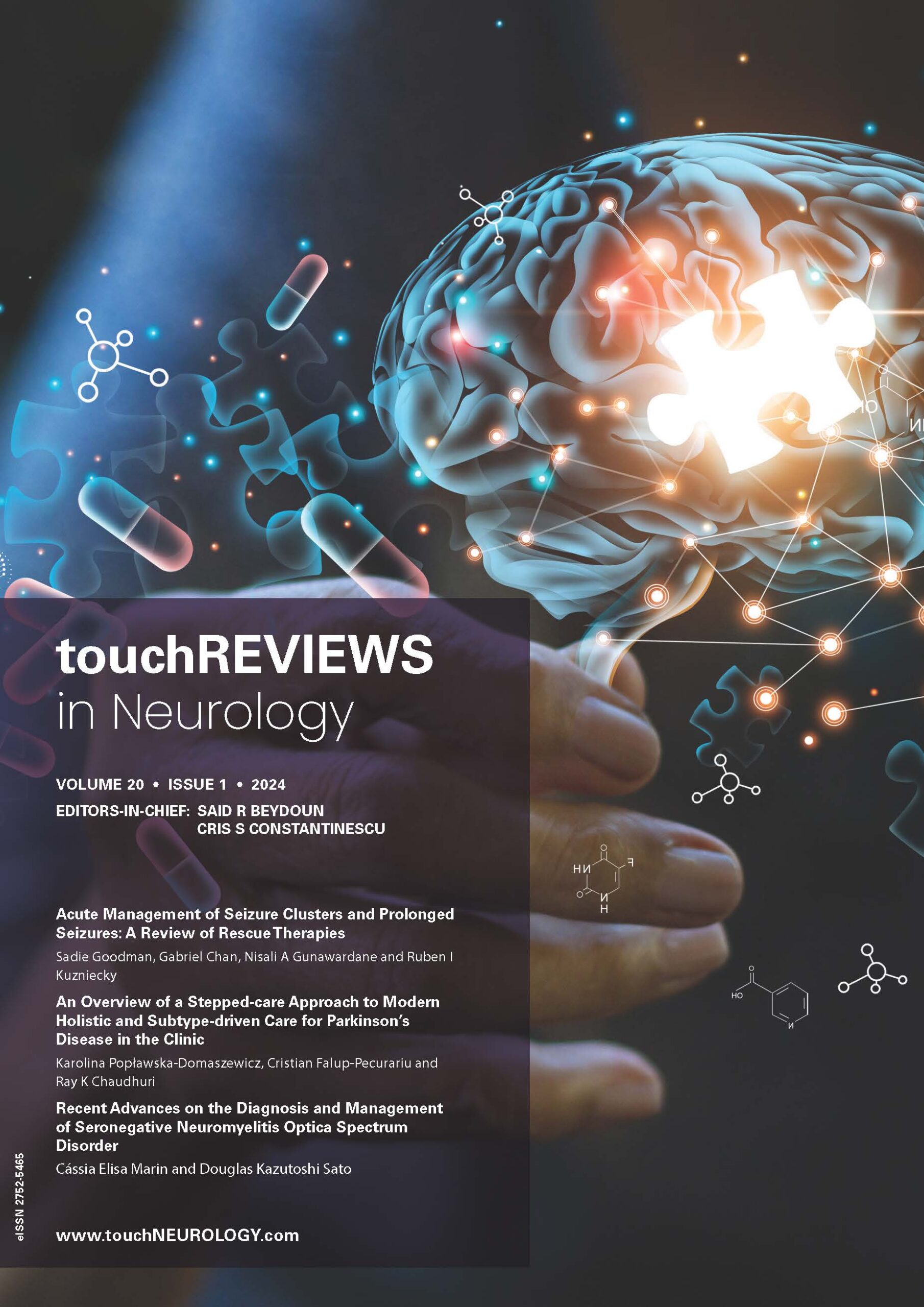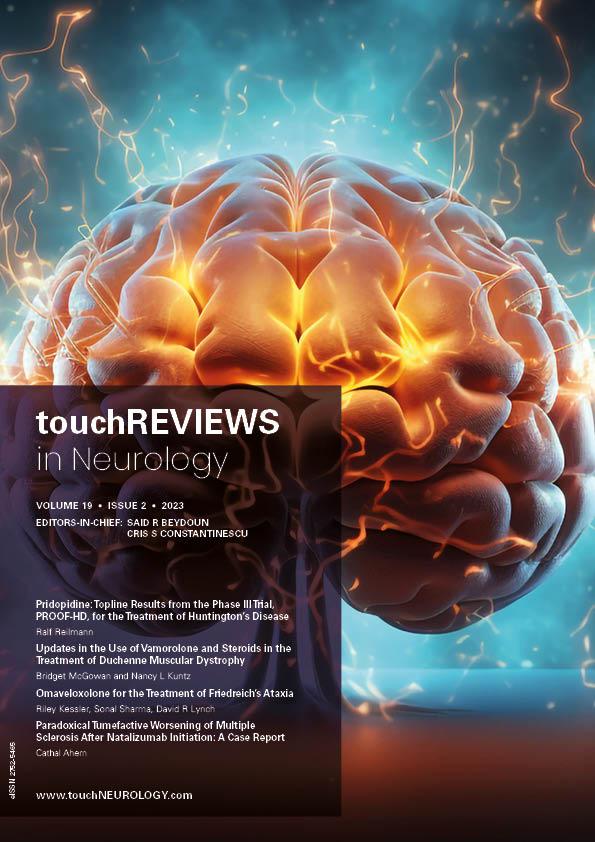touchREVIEWS in Neurology Volume 17, Issue 2 – 2021
Welcome to our new issue of touchREVIEWS in Neurology, the second and final of our two 2021 issues. This free-to-access issue is full of topical content on a range of subjects, which we think will be of interest for you across the spectrum of neurology, including reviews around the treatment and management of Parkinson’s Disease, the potential mechanisms of cryptogenic stroke, GABA-A receptor positive allosteric modulators in depression, lecanemab in Alzheimer’s disease, and much more.
We hope you’ll find something of interest in this issue, and we look forward to continuing to share new and exciting content into 2022 and beyond. Thanks to all who contributed and provided their expertise in putting together this edition, and to all of our authors, editorial board members and partners for their work this year. If you’re interested in contributing to our upcoming 2022 issues, please feel free to submit here or contact us directly.
Foreword
Welcome to our new issue of touchREVIEWS in Neurology. This journal aims to review a wide range of topical subjects in the field of neurology. Articles have been chosen for their evaluation of current practices and research, and their discussion of future innovations that directly affect neurologists and other practitioners involved in the care of patients […]
Expert Interview
Multiple sclerosis (MS) is a chronic neurological disease that is associated with high rates of depression and anxiety,1 particularly in the early stages of diagnosis.2,3 A growing body of evidence suggests that cognitive behavioural therapy (CBT) is an effective treatment for depression in people with MS.4,5 However, there is a lack of tailored CBT interventions for patients who […]
Reviews
Lecanemab (BAN2401) is an amyloid-targeting monoclonal antibody currently in phase III clinical trials for prevention of Alzheimer’s disease (AD) in the AHEAD 3-45 study (ClinicalTrials.gov Identifier: NCT04468659)1 and for the treatment of early AD (mild cognitive impairment [MCI] owing to AD, and mild AD dementia) in the Clarity AD study (ClinicalTrials.gov Identifier: NCT03887455).2 In this review, the […]
Migraine is a neurologic disease characterized by recurrent attacks of head pain and symptoms such as nausea, photophobia and phonophobia, which last hours to days.1 Attacks themselves can be disabling, and due to the often unpredictable and unavoidable nature of the attacks, the disease itself accounts for substantial disability.2 In fact, migraine affects 12% of the global […]
Molybdenum cofactor deficiency (MoCD) is an ultra-rare genetic disease that remained untreatable until the recent introduction of cyclic pyranopterin monophosphate (cPMP) substitution. This article aims to comprehensively review the rationale behind cPMP substitution, its effectiveness in clinical scenarios, the development of current treatment protocols, and remaining unmet needs. The clinical manifestations of MoCD, its pathology, […]
Parkinson’s disease (PD) is a progressive, neurodegenerative disorder that causes a range of motor and non-motor symptoms. The pathological hallmark of PD is the loss of dopaminergic neurons in the substantia nigra pars compacta of the midbrain and the presence of Lewy bodies, abnormal accumulations of the protein alpha-synuclein. Loss of dopaminergic neurons causes the […]
Parkinson’s disease (PD) is a progressive, neurodegenerative movement disorder and the second most common neurodegenerative disorder in the United States.1 In 2020, approximately 930,000 people in the United States aged 45 years and older developed the disease, and this number is expected to rise to 1,238,000 by 2030.2 The typical age of onset is around 60 years, […]
Postpartum depression (PPD) is an important mental health problem that is associated with maternal distress and poor maternal–fetal bonding. The Diagnostic and Statistical Manual of Mental Disorders (DSM-5) now classifies PPD as major depressive disorder (MDD), with peripartum onset.1 The distinction ‘with peripartum onset’ is new in DSM-5 and is important, as 50% of ‘postpartum’ major […]
Ischaemic stroke may occur due to several potential mechanisms. Mechanisms are classically described as large artery atherosclerosis, small-vessel occlusion, cardioembolism, stroke of other determined aetiology (i.e. vasculitis, genetic disorder, etc.) and stroke of undetermined aetiology. Historically, the definition of stroke of undetermined aetiology has included strokes with multiple potential mechanisms, as well as those with […]
Case Report
A university lecturer first experienced headaches during the summer of 1989, when he was aged 26 years. The headache periods initially lasted about 1 day and because the pain was in the trigeminal area both an optometrist and a dentist were consulted. The headaches gradually increased in length, severity and frequency over the ensuing 10 years, typically lasting […]

Trending Topic
The surge in social media use seems to have become a sign of our times. Social media has ramified into not only our personal lives but, importantly, also our professional lives and will continue to do so in the future.1–4 At the same time, more neurologists resorted to online learning modalities, including podcasts and social media […]
Journal Archive
touchREVIEWS in Neurology is a peer-reviewed, free-to-access, bi-annual neurology journal comprising review articles, case reports, practice guides, theoretical discussions, and original research. It features balanced and comprehensive articles written by leading authorities, addressing the most important and salient developments in the field of neurology.
Latest articles videos and clinical updates - straight to your inbox
Log into your Touch Account
Earn and track your CME credits on the go, save articles for later, and follow the latest congress coverage.
Register now for FREE Access
Register for free to hear about the latest expert-led education, peer-reviewed articles, conference highlights, and innovative CME activities.
Sign up with an Email
Or use a Social Account.
This Functionality is for
Members Only
Explore the latest in medical education and stay current in your field. Create a free account to track your learning.


